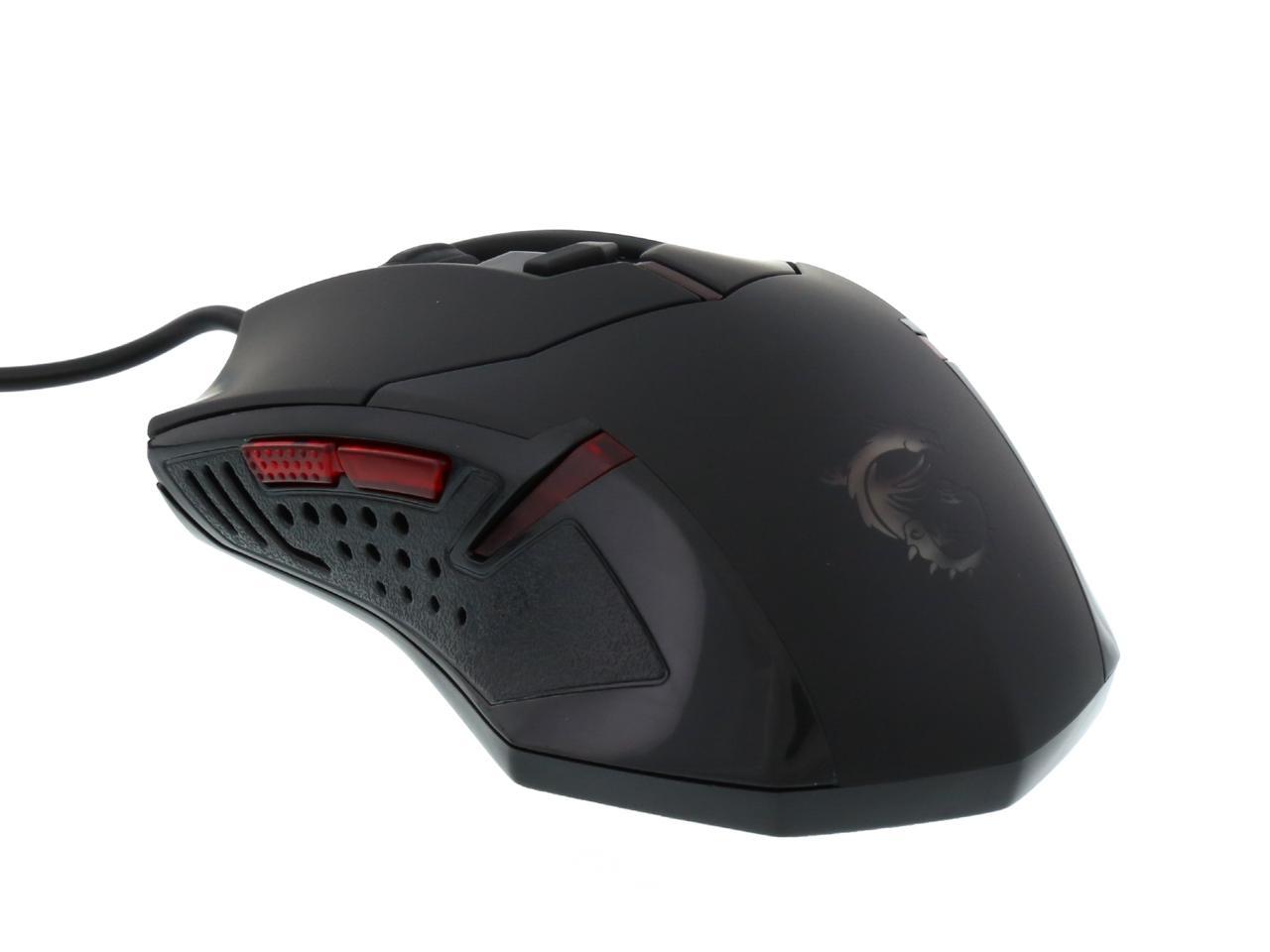

Msi interceptor ds100 gaming mouse is a program that enables you to configure various gaming profiles for the ds100 mouse.
SAMSUNG QUICK CONNECT VS BLUETOOTH FREE
This free program was originally created by hama gmbh & co. The satechi spectrum mouse is a compact, lightweight wired optical mouse that switches between seven led lights to brighten up any work space.
SAMSUNG QUICK CONNECT VS BLUETOOTH DRIVER
The house smelled bad for a week, in spite the exhaust fan this sort of thing should probably be done outside if you're going to do it.Download Now MSI INTERCEPTOR MOUSE DRIVER I managed to get it off the board by heating the whole thing over a gas flame on the reverse side of the board till the whole thing was smoldering and the solder was melted, and then THWACKing on a moderately hard surface.

The clear-packaged "Mouse on a Chip" is rather pretty as chips go.

The USB microcontroller on the older mouse looks to be a somewhat standard Cypress part, but is probably not reprogrammable. The optical sensor is rumored to be usable as a low resolution camera (32x32 pixels?), but in the newer version of the mouse, the camera and microprocessor are put together on the same "mouse on a chip", so perhaps the camera is no longer accessible. There are some interesting chips, but they're PROBABLY not useful as chips for the hobbyist. You can stop at this point, unless there's something you really want. SMT components and things with lots of pins. That leaves the more difficult components to remove. (A three pin resonator replaces a crystal and two caps in most microcontroller circuits.) The older version has two 2-pin resonators (somewhat less useful IMO.) 3) The new version of the mouse has a three-pin 6MHz (a common speed for USB things) ceramic resonator hiding under that metal can. This is all on a nice separate board with a bit of mechanical skill you might be able to use the wheel separately from the rest of the mouse. In the mouse wheel, which is also optical, there's a two lead part that is an infrared LED, and a four-lead part that is dual photo-transistor or (perhaps) more complex circuit that outputs signals sufficiently complex for the microcontroller to tell which way a slotted wheel (turned with the mouse wheel) is turning. 1) Each of these mice has five micro-swicthes relatively nice SPDT ones that might be useful 2) Infrared emitter and "direction detector" as part of the mouse wheel. Through-hole parts with three pins or less are pretty easy to remove using solder-wick, for example.

Some components are more easily de-soldered from a PCB than others. Stripped of its outer insulation and separated into individual wires, we have a source of particularly flexible stranded insulated wire, potentially useful for all sorts of "wearable" electronics. USB plugs are a useful source of power for custom electronics, so this cable, with little modification, may be one of the more useful bits in the mouse. In this case, the mouse has a nice cable with a USB connector at one end and a little PCB connector at the other. 2) It's a bit sad, but true, that sometimes the most useful bit you can get out of a piece of modern electronics is a bit of wire. These LEDs have long enough leads that you can probably just clip them off with wire cutters and use them elsewhere no de-soldering required. Or you can take it out and the mouse should continue to work fine without it. One of these is the "tail" LED, which has no purpose other than "art." The tail LED could be replaced with other color LEDs, or LEDs that blink. 1) Two ultrabright red LEDs, with pretty long leads. So is there anything inside that we can use? And how about hacking the mouse to make it do something unexpected? To start with, there are the LEDs.


 0 kommentar(er)
0 kommentar(er)
